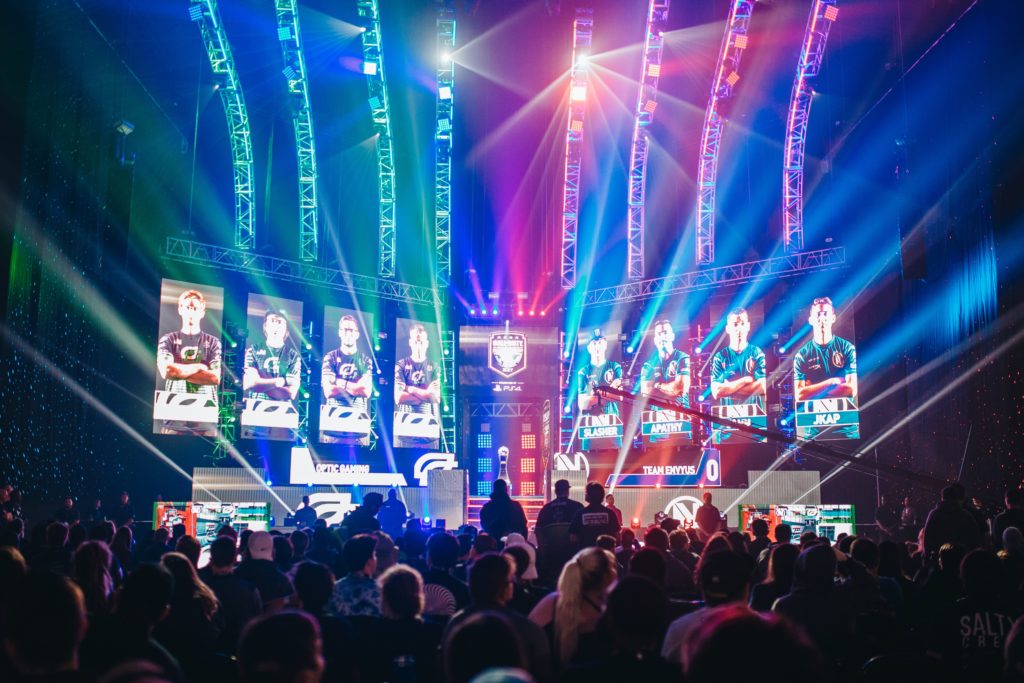This week, a teenager from Pennsylvania lived the dream of video game junkies everywhere when he took home a first-place trophy and $3 million from the inaugural Fortnite World Cup. While this was the biggest solo prize in pro gaming history, it’s only a small sample of the booming industry that is esports.

The Esports Boom
Picture thousands of fans packing an arena and millions more watching online to cheer on some of the world’s greatest competitors. But instead of watching a basketball or football game, they’re watching video games. Esports athletes don’t run, jump, catch and throw like their counterparts in other sports, but make no mistake — they’re real athletes. They often practice up to 12 hours a day, sustain real injuries and compete in tournaments that draw more viewers than the World Series or NBA Finals.
About 40 million Fortnite players participated in online qualifiers for the World Cup, but it’s not the only game that’s soaring in popularity. There are expected to be 495 million global esports fans in 2020, nearly double the number from 2016, and esports revenues are predicted to rise to $3 billion by 2022. Over 120 colleges offer varsity esports teams to go along with dozens of professional leagues and tournaments all across the world. Many professional teams in other sports leagues, like the NBA and English Premier League, even have their own esports affiliates.
Esports & Wi-Fi
As anyone who’s ever played video games online could tell you, a fast and reliable broadband connection with low latency is absolutely essential for high-performance gaming. For many gamers, that’s where Wi-Fi comes in. Wi-Fi’s high-speed connectivity fuels gaming, both for amateur gamers at home and esports professionals in stadiums.
But as more and more fans continue to attend and tune in to massive gaming competitions, the applications of Wi-Fi for esports are becoming much broader. When people fill stadiums to watch their favorite gamers go head to head, Wi-Fi gives them an unforgettable fan experience. As dedicated esports arenas pop up across the globe, they’re preparing for the future of the sport with immersive technologies like virtual and augmented reality, which use Wi-Fi to put fans right in the middle of the game. Imagine having a 360-degree view of the action with live stats, replays and scores just a turn of the head away.
To make this a reality, stadiums need enough Wi-Fi capability to support thousands of people in the stands using these technologies in addition to the streaming media that’s a major part of the esports experience. Wi-Fi 6, the new standard of Wi-Fi rolling out this year, can provide this next-gen connectivity for many devices, but it needs more bandwidth to do so. We need more unlicensed spectrum for Wi-Fi use in order to realize the full potential of Wi-Fi and, in turn, of the esports industry.
